By Tim Schaefer, Sunnyside Resident
In November 2022, Calgary’s City Council approved a 4-year Service Plan and Budget that included a Revenue Expenditure infographic to help explain where its revenue comes from and where it spends its budget.
Over the years, Calgary has slowly shifted revenue away from property tax and over to fees based on services provided. This is demonstrated in the infographic where in 2022 less than half of the city’s revenue came from property tax. The same will be true over the next 4-year budget cycle. This fee based approach is viewed as more equitable as it places the cost of the services on to the people who use them. It also influences consumption when proportion of use is tied to cost (Example: Entry fees at City of Calgary Recreation Facilities).
One aspect of property tax that was also discussed in council but did not receive much attention is the idea of property tax productivity. This is the concept of measuring how much property tax is generated in a unit of area (say 0.1 square km). As any property owner will know, in Calgary, property is taxed based on its assessed value multiplied by a mill rate to cover the city budget. This is considered a progressive or “fair” approach because those with lesser valued property, and presumably less income, will pay proportionately less in property tax.
Where this approach fails the city and its residents is when property tax productivity is so disproportionately high in some specific areas of the city, it causes many other areas to have a very low tax productivity. It can be so low that the tax collected in a low area doesn’t even come close to covering the costs. In short, those areas operate at a loss to the City. On the surface this may also seem as being progressive. Neighbourhoods with low property value are presumed to have low tax productivity. Right?
Unfortunately, the opposite is what typically happens in North America. Neighbourhoods with high assessed property values will typically have low tax productivity. Likewise, neighbourhoods with low property values will often have high tax productivity. This happens because of the relative density of the properties. In other words, having many lower valued properties in the same amount of area as a single high value property will bring in more tax revenue for the city compared to a single property.
Managing property tax productivity can become a big problem if a city doesn’t recognize the issue and continues to allow too much development that is not productive from a property tax perspective.
The concept of tax productivity was covered in a NJB YouTube video. The video covers some StrongTowns and Urban3 studies where it looked at the revenue and costs of some American and Canadian cities. In the worse cases, some US cities actually went bankrupt! Fortunately, Canadian cities cannot go into as much debt as American cities, so while bankruptcy is unlikely for Calgary, it still has a property tax productivity dilemma.
In a December 2022 tweet by Evan Spencer (Ward 12 Councillor), the same sort of 3D graph shown in the NJB YouTube video was shared that clearly shows an intense concentration of property tax productivity in the inner city and a few other spots. There are also large vast areas with very low tax productivity that are best described as residential neighbourhoods built less than 70 years ago.
From an income statement perspective, this 3D graph for Calgary shared by Spencer is an incomplete picture because the costs have not been factored. At this time, the City has not yet determined how to assign costs in this sort of model. However, it is safe to say Calgary has built and continues to focus on building neighbourhoods that, from a City cost-to-serve perspective, are likely financially insolvent.
What can Calgary do to address this dilemma? The City must complete the work of determining the costs to serve properties throughout the city so that areas that are costing the city more than the revenue they generate are understood and minimized. From there, property tax needs to evolve further so the costs to serve a given property are reflected in the taxes collected. With that in place, the real estate market will evolve. People will continue to buy property based on what they value, but instead it will factor City taxes and fees that better match what it costs to actually serve those properties and not a subsidized model that we seemingly have today.


